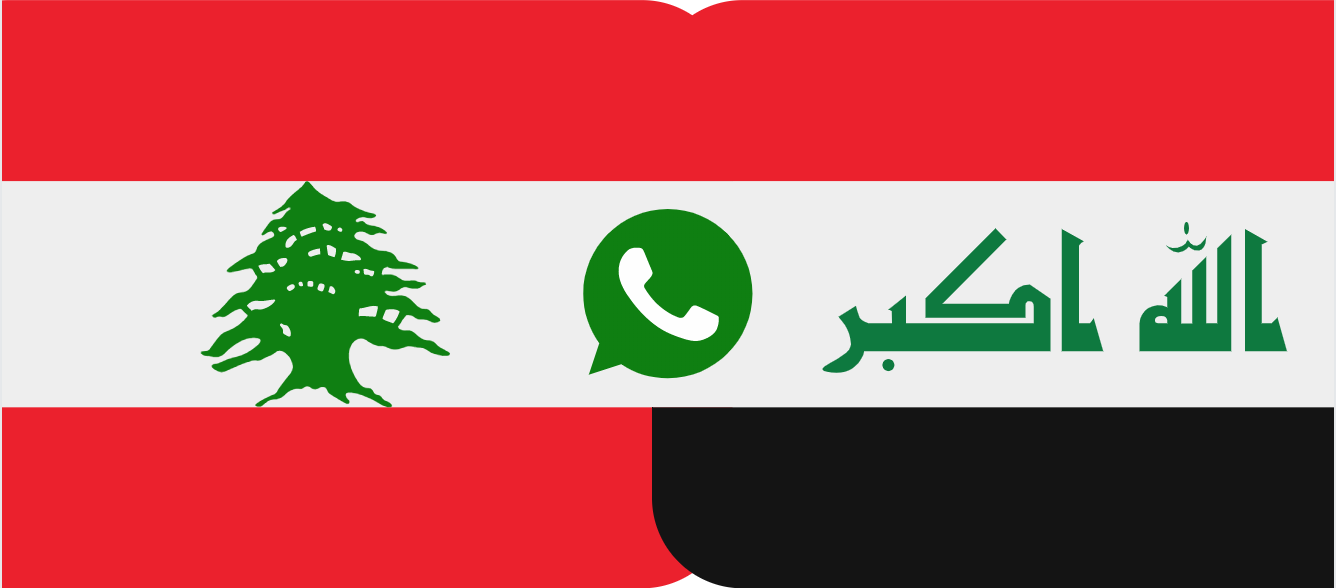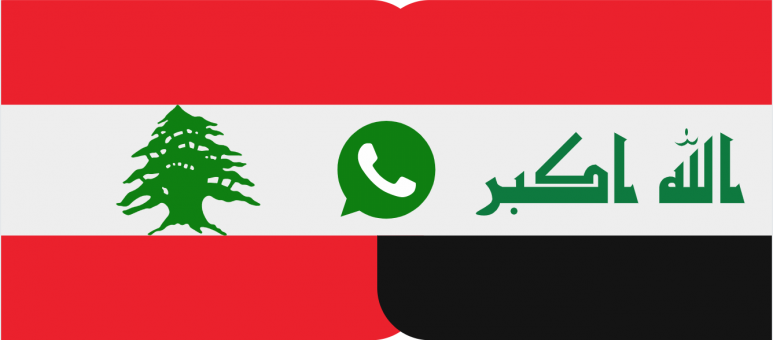Over the past month, Lebanon has shown the world what a joyful revolution can look like. Across the country, Lebanese of all ages and religious backgrounds have taken to the streets to demand the resignation of the current parliament and an end to the rampant corruption that has plagued the country for decades.
It is the largest popular demonstration in Lebanon’s history—and in many ways, has shown that a country known for being fractured along sectarian lines might finally be ready to come together. Or at least, these are the images that the protestors are sharing on social media. Beiruti bakers have handed out free sandwiches in solidarity with the demonstrators. A couple in the mountains chose to get married among the protests, and when a baby got scarred, protestors gathered around and sang the “Baby Shark” song, showing that the movement was family-friendly.
One night, DJs in the northern city of Tripoli even turned the streets into a rave, making the anti-corruption demonstrations synonymous with the hottest party in town.

Despite the festive atmosphere, certain actors are trying to thwart the protests with disinformation—particularly ominous forwarded WhatsApp voice notes that warn protestors that thugs plan to attack the demonstrators. While these warnings are typically false, sudden attacks have happened often enough to make demonstrators think twice about taking to the streets after they receive such messages.
“No one knows where these messages are coming from,” Azza Masri, an independent media researcher working in Lebanon told Media Diversity Institute.
Experts like Masri say that it is nearly impossible to trace these messages, largely due to WhatsApp’s end-to-end encryption, a policy put in place to ensure more secure communication on the popular platform.
What is more, these messages are supplemented by other forms of disinformation, including but not limited to videos being shared out of context and photoshopped news articles sharing events that didn’t actually happen. Many of these prey on Lebanese sensitivities—such as political tensions with Israel. One of the messages shared a fake study from a Think Tank, breaking a story about secret documents which “revealed” that the protests were being organized by the Israeli government, with the intent to destabilize Lebanon.
“My advice to people is to go back to the basics of media and information literacy,” Masri continues. While Lebanon has always had a disinformation problem in the media, Masri says that the volume in suspicious content has spiked since the revolution began.
“As yourself if you can verify the source. What is the intention of the message? Take a moment to review the content—is there anything suspicious?”
Now, Lebanese protestors—both in the country, and in the diaspora—are becoming disinformation debunking experts by necessity, sharing suspicious messages they receive, and publicizing what is true, and what is not. Journalists, lawyers, and other researchers have made themselves available, in case anyone is wondering about the veracity of content that they see being spread around on social media.
However, these efforts are thwarted when the traditional media outlets themselves share fabricated images and out of context video, again throwing many into spiraling confusion. Many of these outlets are politically affiliated, typically along sectarian lines and are more renown for giving a megaphone to these politics than cricising the sectarian system that has fractured the country. Now these media politics may be having consequences; since the protests began, four journalists at the prominent publication Al-Akhbar quit, claiming that the paper had joined the ranks of the counter-revolution and conspiracy theories.
“I cannot say that we have reached a really high level of awareness on disinformation, but on the other hand, the sense of doubt, especially among young people is being triggered greatly,” Mahmoud Ghazayel, a Lebanese media specialist who has been part of the effort to try to stymy the spread of fake news since the protests began told Media Diversity Institute.
He shared the following image, a notice that has been used as a protest sign which translates as: “Don’t help the authorities twist the accomplishments of the revolution. Don’t circulate rumors on WhatsApp. Verify the source before transmitting any news.”

Meanwhile in Iraq, similar anti-corruption protests have seized the country. However, while the protests have remained largely peaceful in Lebanon, the Iraqi security forces have cracked down on the demonstrations in Baghdad, firing live ammunition and killing at least 260 people since people first started taking to the streets last month.
Naturally, the disinformation machine has capitalized on these tragedies, using fear tactics to dissuade people from taking to the streets and political propaganda to smear those that do. Some have spread rumors about certain soldiers killing young protestors—only to for debunkers to reveal that the soldiers who allegedly murdered people that day actually died three years agoa. Others have photoshopped calls from ISIS to take to the streets of Baghdad, or news reports that Saddam Hussein’s family support the protests, likening protestors to jihadists or sympathizers with the former dictator.
Again, debunking these pieces of disinformation is even more challenging than it is in Lebanon. One of the most popular tactics for the Iraqi government to suppress the protests is by throttling the Internet, meaning that the countless reverse image searches and social media-based investigation tactics are that much more challenging to execute. Disinformation debunkers are forced to use VPNs, and other tactics to circumvent the challenges imposed by the government—as if their job were not hard enough as it is.
While many uprisings around the world have seen governments turn off the Internet, trying to get protestors not to come to the streets, it is clear that now the tactic is the opposite: flooding people with information so that people do not know what is true from what is not. Fighting disinformation has become more essential for democracy than ever—how can we best equip ourselves with the tools to do so?
Want more ideas? Watch our video on “Disinformation, Misinformation and Malinformation” here.

